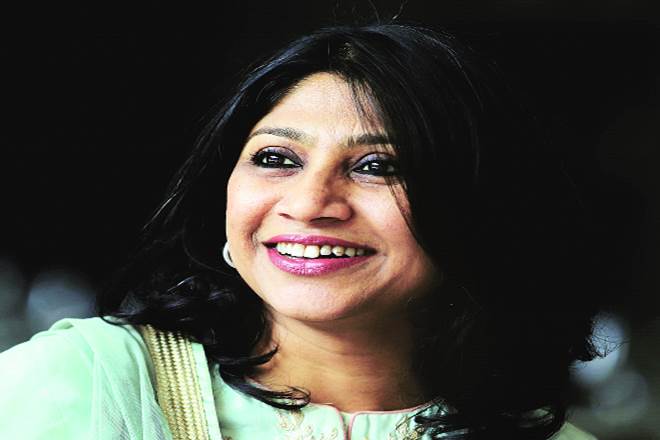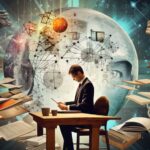Art education in India has an outdated model of teaching

Ritu Khoda launched Art1st Foundation a decade ago with a social commitment to make art more action-oriented and relevant. A psychology graduate from Lady Shri Ram College for Women, New Delhi, and an MBA from Indian Institute of Management, Calcutta, Khoda believes that art is a language that ignites passion in children and adults. She has worked with leading psychologists and renowned artists to develop an art-integrated model of education, which includes advanced tool kits and engaging books on art for young readers. Khoda talks to Faizal Khan about the radical changes required in art education in the country. Excerpts from an interview:
What are the major challenges facing art education in India today?
Art education has the immense possibility to develop creative and vibrant learning environments in schools. But we are killing this by our lack of vision. There is a huge gap in the way art education policies, curriculum guidelines, and teaching strategies are framed and implemented. Art education has already been relegated to a marginal position in India whereas it should be occupying a significant position in contemporary curriculum. By doing so we deny any opportunity to encourage imagination, innovation, creativity, develop curiosity, criticality and experimentation in the child. The curriculum and policies should reflect the necessities of our times and also anticipate the educational and existential requirements of the future. This is where I find another important gap, that the already existing frameworks are heavily rooted in an outdated model of teaching and expected outcomes.
Do you favour curriculum changes in art schools so that they could move away from the colonial era method of teaching?
A change in curriculum is required to dispel the colonial framing of art education in India. Some of the impact of the colonial art education policies are so dominant that we have normalised it as part of not only our art education system but also the way we understand and appreciate art. For example, the society still favours an artwork by a child which is imitative. Instead of appreciating the experiments, the ideas and thoughts behind the work, we emphasise just on the perfection of skills. The colonial education system was keen to produce a non-reflective mechanical workforce which could just design and produce. We have to change this attitude.
How can art schools help bring critical thinking in students?
Art enables reflection. As much as it allows to widen your horizon and look outwards, it also lets you peek inside. I think there are hardly few disciplines which do this, but art does this more engagingly. Art education allows the student to realise that there exist diverse ways of understanding the reality, that there are numerous ways to express and no one way is better than the other. It enables curiosity, it allows to think out of the box, question, experiment, introspect and do all this through play and fun.
Are the institutions and teachers equipped to handle the radical changes required in art education?
The new vision for art education should understand its community better and start building its foundations from the roots, which are the teachers and the students. Teachers who come out of existing art education need to do a lot of unlearning to be a part of this journey. The way they train, assess, mentor the student is all going to affect the future of art education. Our focus should be radically redefining these core areas of involvement. Moreover, we also need to empower the teachers by offering them meaningful intensive training programmes, exposures to art and cultural resources, time to research and deliberate.
How is technology going to help?
Since the advent of the internet and ICT, a lot of learning and access to resources has shifted to the online space. A teacher today is in a better position in terms of the availability of resources compared to their peers 10-20 years ago. We need to train them to use these resources and filter the information which they access so they can benefit from quality content. Across the world museums have opened up their resources and collections, offer virtual walkthroughs and developed educational kits for students. We need to make these resources available to our art teachers and students. Also, technology allows art teachers and students newer ways of creating art, teaching strategies, interactivity and create immersive experiences. Technology has also created a digital barrier or divide due to the infrastructural problems. We need to overcome that to reap its benefits.
[“source=financialexpress”]




